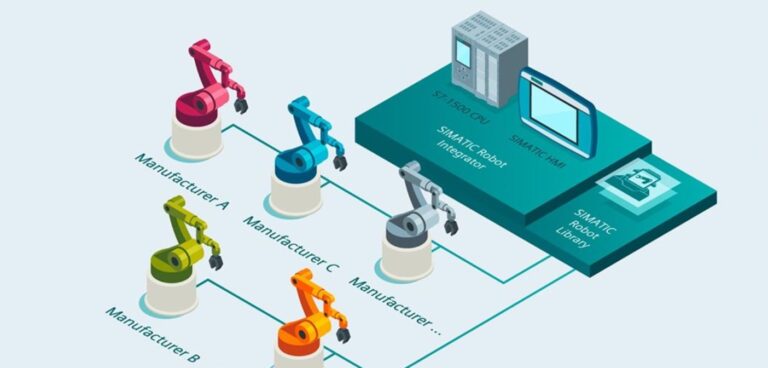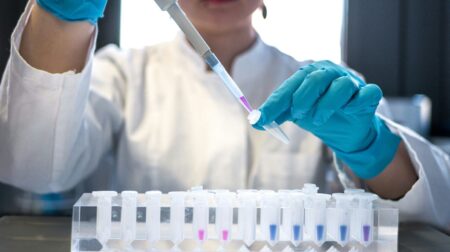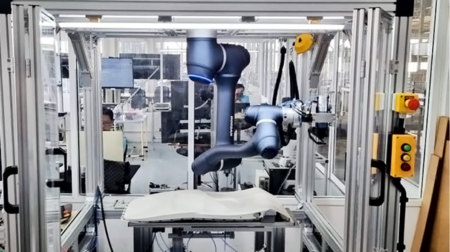Universal Robots has announced a partnership with Siemens’ TIA (Totally Integrated Automation) to enable the integration of its cobots into complex machine and manufacturing environments.
Universal Robots’ cobots will become part of the Simatic Robot Library within Siemens’ TIA environment through an interpreter interface planned to be completed within the fourth quarter of 2021.
The new interface has been designed to facilitate what Universal Robots described as “a seamless integration process” for machine builders and system integrators.
Mark Gray, country manager, UK and Ireland, Universal Robots, said: “Machinery and plant engineers as well as manufacturers with large production facilities will benefit from our cobots‘ TIA integration.
“Thanks to this new interface, they will soon be able to apply our cobots’ functional diversity, precision and repeatability within complex production lines, benefitting from all aspects of digitalised automation – from digital planning and integrated engineering to transparent operations.”
The TIA Portal engineering framework has been developed to support users in planning extensive manufacturing automation projects.
The Simatic Robot Library allows users to programme their cobots directly within the TIA Portal via a unified user interface and to include them in their planning, which will now also include Universal Robots’ collaborative robots in the context of complete plant engineering solutions.
With the portal’s integrated design, users can independently implement cobots from Universal Robots within major production lines and teach them functions such as jog mode or path point creation.
Furthermore, the new library allows users to download programming examples and use them to control the cobots.
Gray added: “Our cobots have always been characterised by their intuitive handling.
“Their integration into the TIA portal via the Simatic Robot Library now accelerates their integration and implementation into complex production lines.
“It also makes it easier to combine our cobots with technologies like Edge data analyses or cloud services and include them in the monitoring of plant conditions.“








